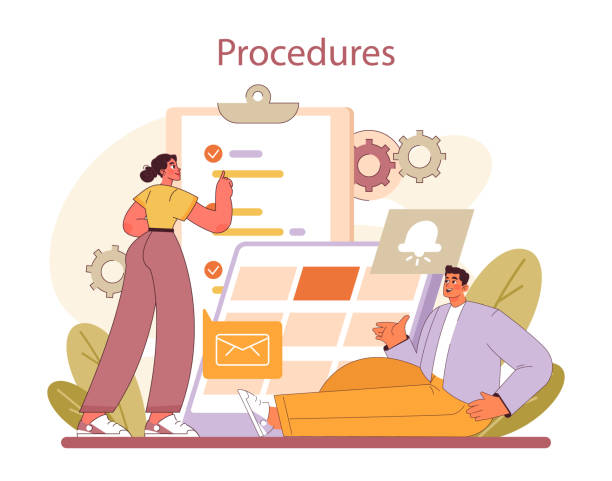How to Improve Productivity in an Organization
In today’s fast-paced business world, improving productivity in an organization is crucial for achieving success and staying competitive. The ability to effectively manage resources, optimize processes, and motivate employees can lead to higher efficiency, increased profits, and overall growth. In this article, we will delve into key strategies that organizations can implement to enhance their productivity levels and achieve their goals.
Table of Contents
Introduction
In today’s competitive landscape, organizations strive to maximize their productivity to achieve sustainable growth. Productivity is not just about working harder; it’s about working smarter and optimizing various aspects of the business to achieve better outcomes.
Setting Clear Goals and Expectations

One of the fundamental steps towards improving productivity is setting clear goals and expectations. When employees have a clear understanding of what is expected of them and what they are working towards, they can align their efforts accordingly.
Effective Resource Allocation
Resource allocation plays a pivotal role in productivity improvement. Allocating resources efficiently ensures that tasks are completed on time without unnecessary delays. It involves identifying critical tasks and allocating the right people and resources to ensure their successful completion.
Streamlining Workflows

Streamlining workflows involves analyzing processes and identifying bottlenecks or inefficiencies. By simplifying and optimizing these processes, organizations can reduce waste, eliminate redundancies, and enhance overall efficiency.
Investing in Technology and Tools
Embracing technology can significantly enhance productivity. Automation, project management software, communication tools, and data analytics platforms can streamline tasks, improve collaboration, and provide valuable insights for decision-making.
Employee Training and Development

Investing in employee training and development leads to a more skilled workforce. Continuous learning enhances employees’ capabilities, making them more efficient and adaptable in their roles.
Promoting Work-Life Balance
A burnt-out workforce can be counterproductive. Promoting work-life balance through flexible schedules and wellness initiatives can boost morale and prevent burnout, ultimately leading to higher productivity levels.
Fostering a Positive Work Environment
A positive work environment contributes to increased productivity. When employees feel valued, supported, and engaged, they are more likely to be motivated and committed to their tasks.
Encouraging Collaboration and Communication
Effective collaboration and communication are essential for productivity. Encouraging open dialogue, idea sharing, and teamwork can lead to innovative solutions and more efficient processes.
Recognizing and Rewarding Achievements
Recognizing and rewarding employees for their achievements can boost morale and motivation. It also creates a culture of excellence, encouraging others to strive for their best.
Continuous Improvement Initiatives
Organizations should be committed to continuous improvement. Regularly evaluating processes and seeking ways to enhance them ensures that productivity gains are sustained over time.
Data-Driven Decision Making
Data-driven decision-making enables organizations to make informed choices based on real-time insights. Analyzing key performance indicators (KPIs) helps identify areas for improvement and measure the impact of productivity-enhancing strategies.
Managing Time Efficiently

Time management is a crucial skill for productivity. Encouraging employees to prioritize tasks, avoid multitasking, and set realistic deadlines can lead to better time utilization.
Delegating Responsibilities
Delegation empowers employees and prevents bottlenecks. By assigning tasks based on employees’ strengths, organizations can ensure that work is distributed effectively and completed on time.
Conclusion
Improving productivity in an organization requires a holistic approach that considers both processes and people. By implementing the strategies outlined in this article, organizations can create a culture of productivity that drives growth, innovation, and success.












